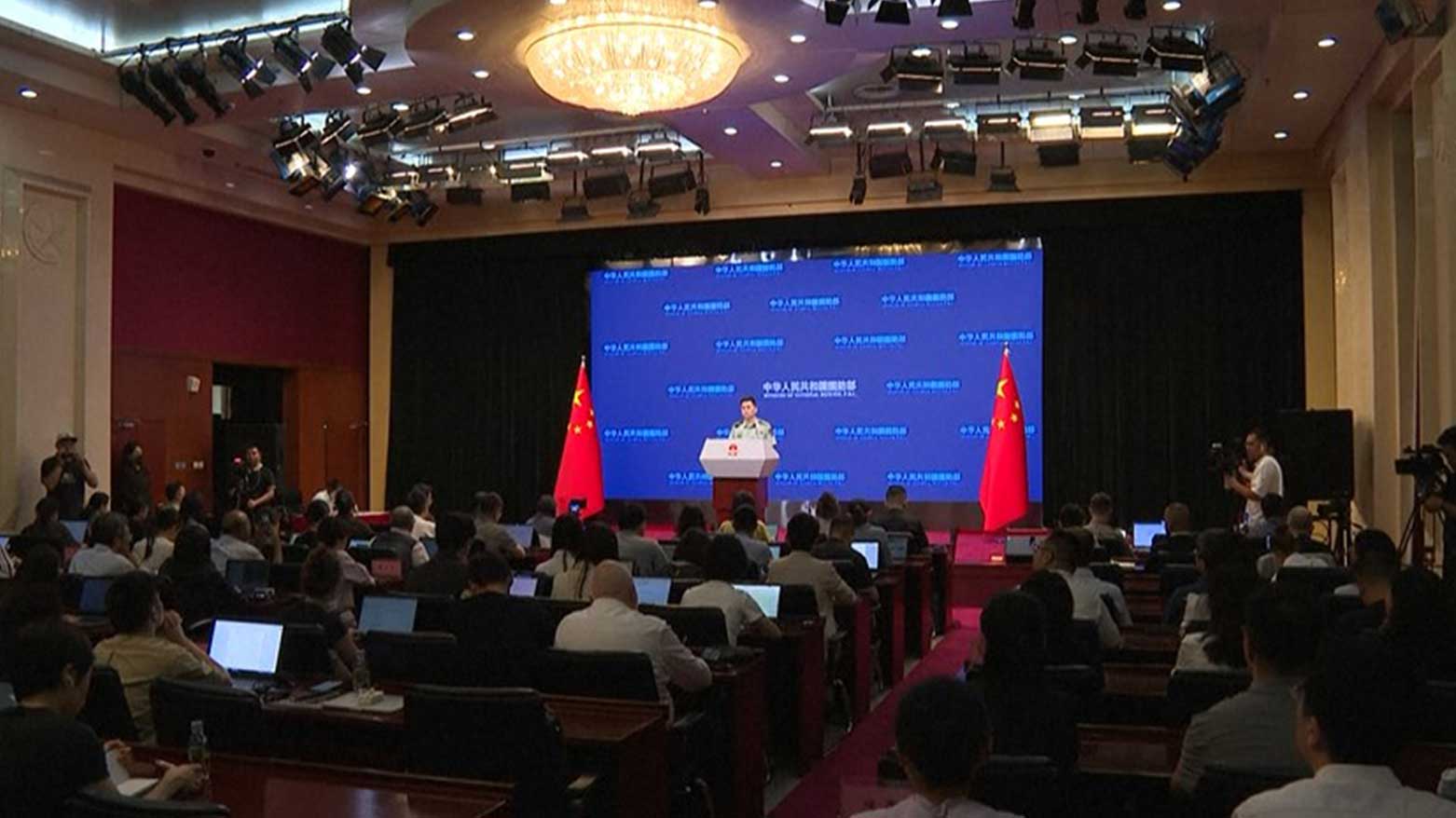China Says "Joint Sea-2025" Naval Drills with Russia Not Aimed at Third Parties
Western nations, particularly the United States, have accused Beijing of indirectly supporting Russia’s war effort, including through technology transfers and trade that may bolster Russia’s economy and military.

ERBIL (Kurdistan24) — China and Russia began joint naval exercises in the Sea of Japan on Sunday, a move aimed at reinforcing their growing strategic partnership and counterbalancing what they perceive as a U.S.-led global order, according to Agence France-Presse (AFP).
The three-day "Joint Sea-2025" drills kicked off near the Russian port city of Vladivostok and include a range of coordinated military operations such as submarine rescue, anti-submarine warfare, air defense, anti-missile tactics, and maritime combat scenarios, China’s Ministry of Defense announced in a statement.
Four Chinese naval vessels—including the guided-missile destroyers Shaoxing and Urumqi—are taking part in the exercises alongside Russian warships. Upon completion of the drills, the two nations are expected to carry out joint naval patrols in designated areas of the Pacific Ocean.
The annual “Joint Sea” exercises, first launched in 2012, underscore the deepening military ties between Moscow and Beijing. Last year’s iteration of the drills was conducted along China’s southern coast.
Beijing's defense ministry said that this year’s activities are aimed at “further deepening the comprehensive strategic partnership” between the two countries. The timing and scope of the drills highlight how the two powers continue to align their defense policies amid mounting tensions with Western nations.
According to AFP, China says it will conduct joint military drills with Russia in August, including sea and air exercises near Vladivostok, as well as joint naval patrols in the Pacific.
The "Joint Sea-2025", form part of regular bilateral cooperation plans and are "not directed against third parties", according to Chinese defense ministry spokesperson Zhang Xiaogang, speaking at a press conference, on July 30.
U.S. President Donald Trump’s remarks on Friday added a sharp edge to rising geopolitical tensions, following a series of combative statements by Dmitry Medvedev, the former Russian president and current Deputy Chairman of Russia’s Security Council. In a post published on his Truth Social platform, President Trump said he had ordered two nuclear submarines to be positioned in “the appropriate regions” as a precautionary response to what he called Medvedev’s “foolish and inflammatory” comments. Cautioning that “words are very important and can often lead to unintended consequences,” Trump’s message appeared aimed at deterring any escalation, while also signaling Washington’s readiness to respond decisively to perceived threats.
The China-Russia alliance has expanded significantly since the start of Russia’s military operations in Ukraine in February 2022. While China has not explicitly endorsed the war, it has refused to condemn Moscow’s actions or call for a withdrawal of Russian forces, according to AFP. Western nations, particularly the United States, have accused Beijing of indirectly supporting Russia’s war effort, including through technology transfers and trade that may bolster Russia’s economy and military.
China, meanwhile, maintains that it is a neutral party and has repeatedly urged a political resolution to the conflict. Beijing has also accused Western nations of fueling the war by supplying arms to Ukraine.
As global tensions continue to rise, the joint drills reflect an increasingly coordinated front between China and Russia—one that could reshape the geopolitical balance in the Asia-Pacific and beyond.